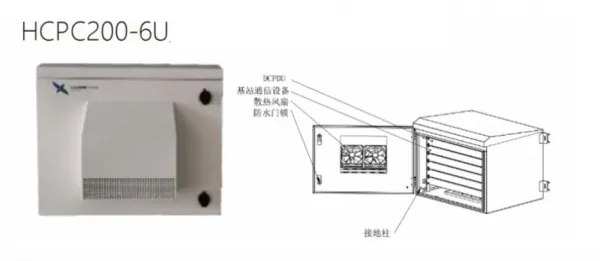millimeterwave
Millimeter wave technology represents a groundbreaking advancement in wireless communications, operating in the frequency range of 30 to 300 GHz. This cutting-edge technology derives its name from its wavelengths, which measure between 1 and 10 millimeters. As a crucial component of 5G networks, millimeter waves enable unprecedented data transmission speeds and bandwidth capacity. These high-frequency waves support data rates up to 10 gigabits per second, making them instrumental in meeting the growing demands of modern wireless communications. The technology finds extensive applications across various sectors, including telecommunications, automotive radar systems, security scanning, and medical imaging. In telecommunications, millimeter waves facilitate high-speed wireless communications, particularly in dense urban areas where network congestion is a significant challenge. The automotive industry utilizes millimeter wave radar for advanced driver assistance systems, enabling precise object detection and collision avoidance. In security applications, millimeter wave scanners provide detailed imaging capabilities while maintaining privacy, making them ideal for airport security checkpoints. The medical field benefits from millimeter wave technology through non-invasive diagnostic imaging and therapeutic applications.


